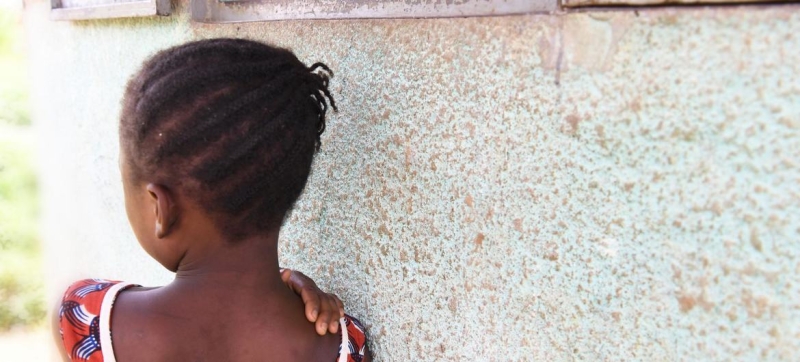
Traffickers may exploit children for profit, such as by forcing them into begging. How Mock Trials Help in Human Trafficking Cases International Law
On a quiet day in January 2007, a group of nine-year-old children played in the streets of their neighborhood, their laughter echoing under the tropical sun. A woman approached them and offered to go with her to the market in a neighboring town, promising to buy sweets. They were from poor families, so the invitation seemed tempting to them. The children had seen this woman before – she was selling coconut wine and vegetables nearby.
Despite the general enthusiasm, some of them felt a little uneasy. When the woman brought them in her car to another city, her true intentions became immediately obvious: she ordered the children to beg on the streets, demanding money and food from merchants, pedestrians and drivers of passing cars.
Mock trials
This real-life incident was used to stage a mock trial. Mock hearings help judges, prosecutors, investigators, and other professionals better understand the specifics of human trafficking cases. During such events, participants must decide whether a particular incident falls within this category of crime.
The United Nations Office on Drugs and Crime (UNODC) has released new guidelines for mock trials and investigations based on real human trafficking cases. “Although this is just a simulation of a real trial, it is a very good experience because participants put themselves in the shoes of all the parties involved in the case,” said one of the authors of the publication, UNODC researcher Allyn Pedra Jorge.
To classify a case as trafficking in persons, experts must assess whether it meets the criteria established in their national legislation and international law as provided by the UN Protocol to Prevent and Punish Trafficking in Persons.
As UNODC explains, in the case described above, it is first necessary to determine the nature of the woman’s act – whether it is recruitment followed by transportation. The purpose of the act is then determined: the prosecution must prove that the woman intended to exploit the children for money or other gain.
The court may also look at the third element: by what means the purpose was achieved. This examines whether the trafficker used force, threats, deception, or other methods to gain control over the victim.
Real Court Decision
As fate would have it, the children were rescued that same evening: someone noticed the minors where they were not supposed to be. The woman was arrested. In court, she claimed that the children followed her on their own and that she was going to feed them, as promised, and take them home to their parents.
Despite the fact that the children voluntarily agreed to go with the woman to the market, the court found her guilty of human trafficking for the purpose of forcing her to beg.
Get out of your comfort zone
“Mock trials combine emotion and reason. They bring together experts from different backgrounds and backgrounds and allow them to learn from each other in the most interactive, engaging and educational way,” said Rachel Gershuni, a human trafficking expert who contributed to the handbook.
The book is currently the only guide to mock trials in cases of human trafficking. She helps organizers prepare and conduct similar events and answers questions that may arise at each stage.
“Organizing a mock trial can be challenging because you have to deal a large number of variables. You can predict many outcomes, but some of them may be out of your control,” she explains to Gershuni.
“Mock trials take people out of their comfort zone,” she adds. she.
